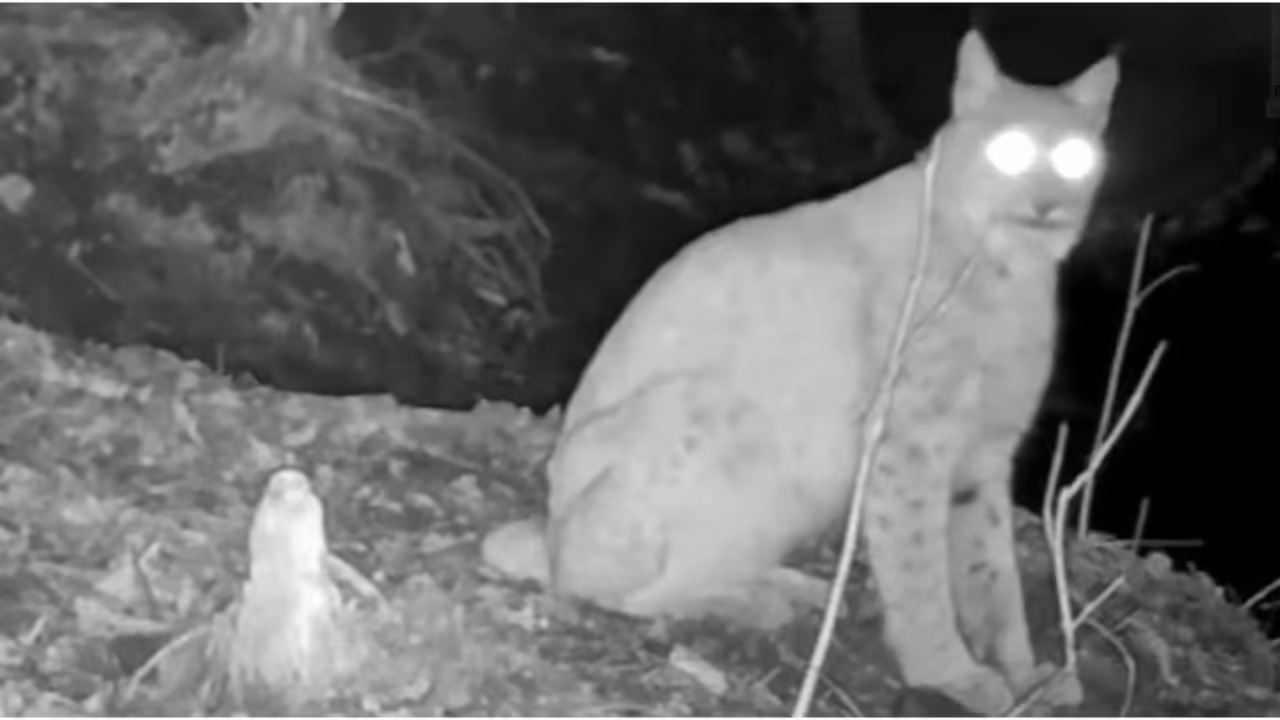In the 21st century, there are still tribes that have had no contact with the civilization of the white man, or with the western world. They are isolated from the world and in their territory, the laws that were created from the beginning of their community still exist. Rituals and customs endure with the passage of time. The following are “isolated tribes that ignore the existence of civilization”.
The Mascho-Piro tribe
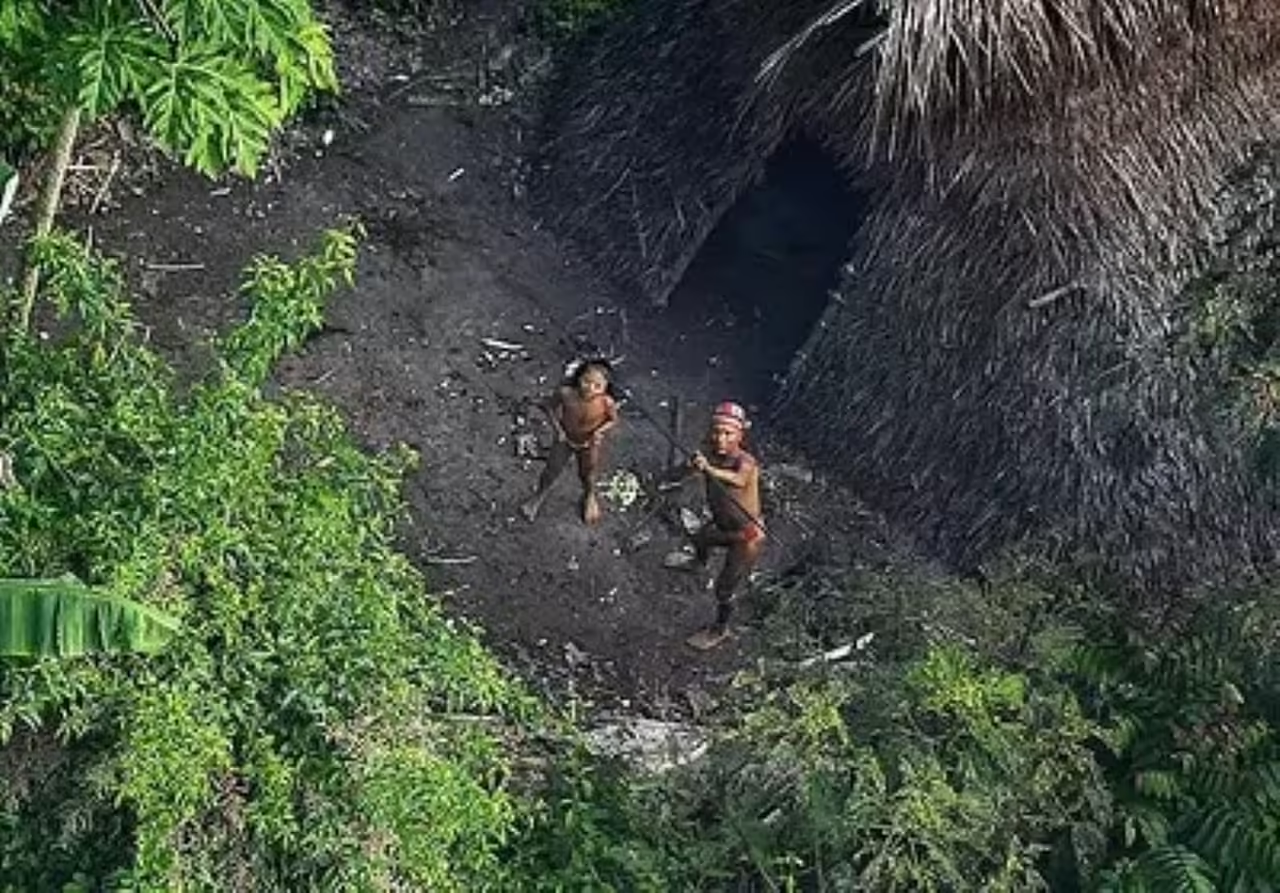
It is one of the few remaining tribes in Peruvian territory. It is known for marking their lands with spears in the shape of an x, to prevent outsiders from invading their lands, seeking contact with them. The Peruvian government has implemented some ways to protect the freedom of this community by conducting campaigns to keep tourists away from these areas, but some private companies have ignored them and sometimes try to seek contact with this and other tribes that are supposed to be in the jungles of the Amazon.
The Sentinelese
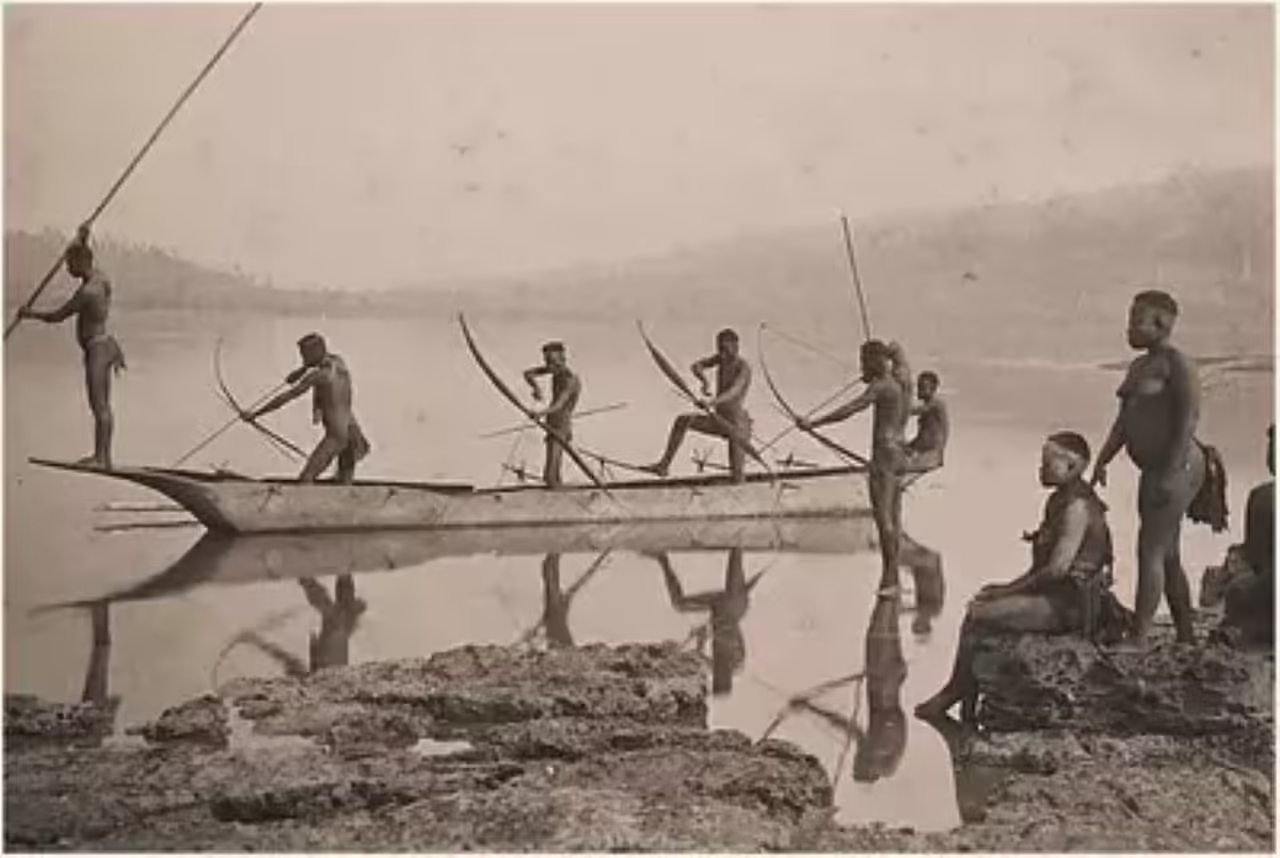
They are the inhabitants of an island in the Indian Ocean. It is the Andaman Island, which is home to a hundred people who have had no contact with civilization for several centuries. It is believed that they have survived by fishing and fruit gathering. Some historians have agreed that any stranger who tries to approach the area is killed immediately, because there are quite a few sentries guarding the island’s boundaries.
Kolufo
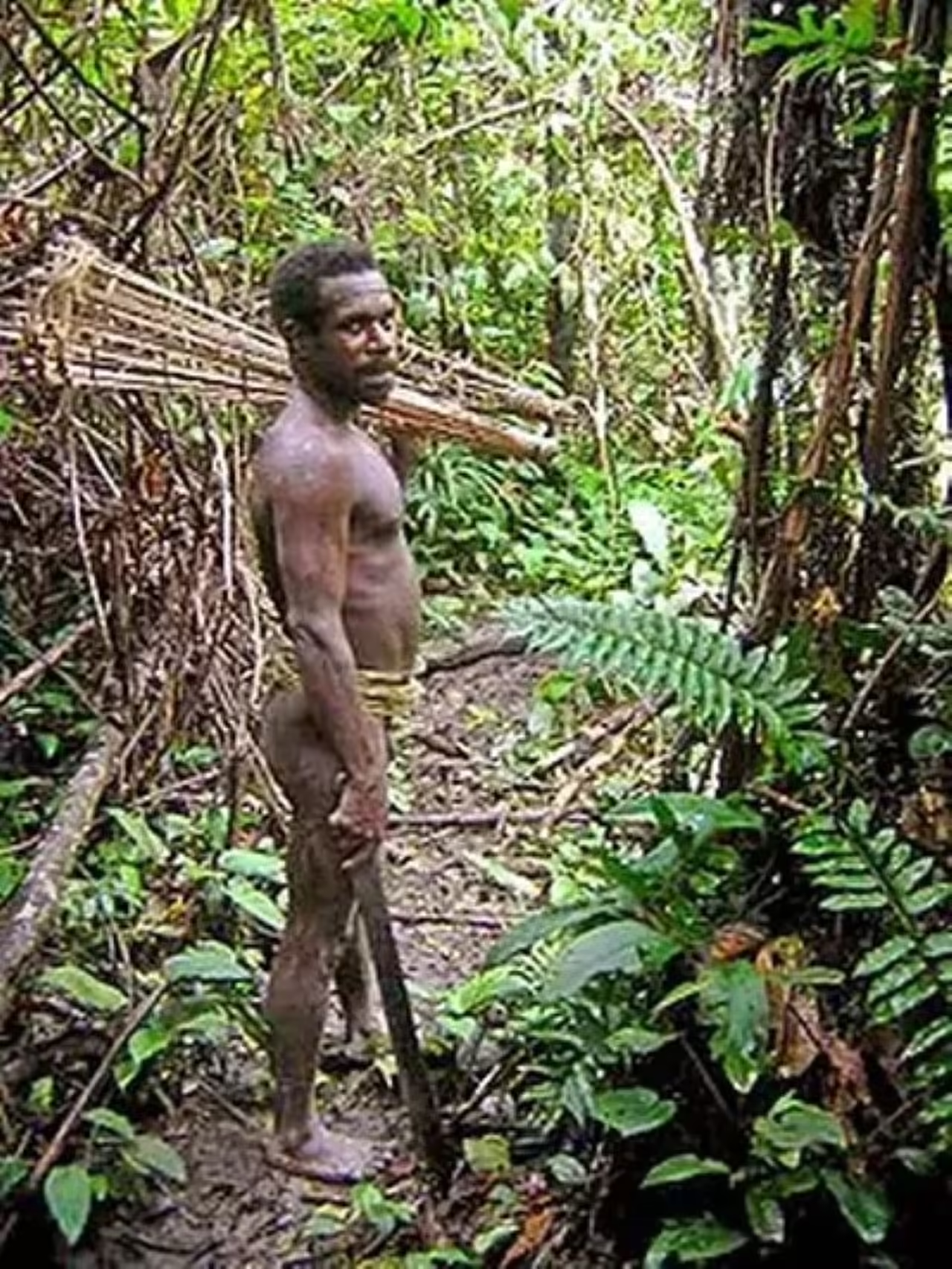
They are a tribe that inhabits part of New Guinea. According to some sources, their population is believed to exceed 3,000 members. They do not maintain contact with anyone who is not from their tribe and some anthropologists have tried to study their behavior, based on legends and stories of settlers who live near that place and were able to verify that they consider foreigners as demons. There was only one contact with anthropologists in 1974, but since then, they have not received strangers. This tribe has its own dialect called Kolufaup.
The Old Believers
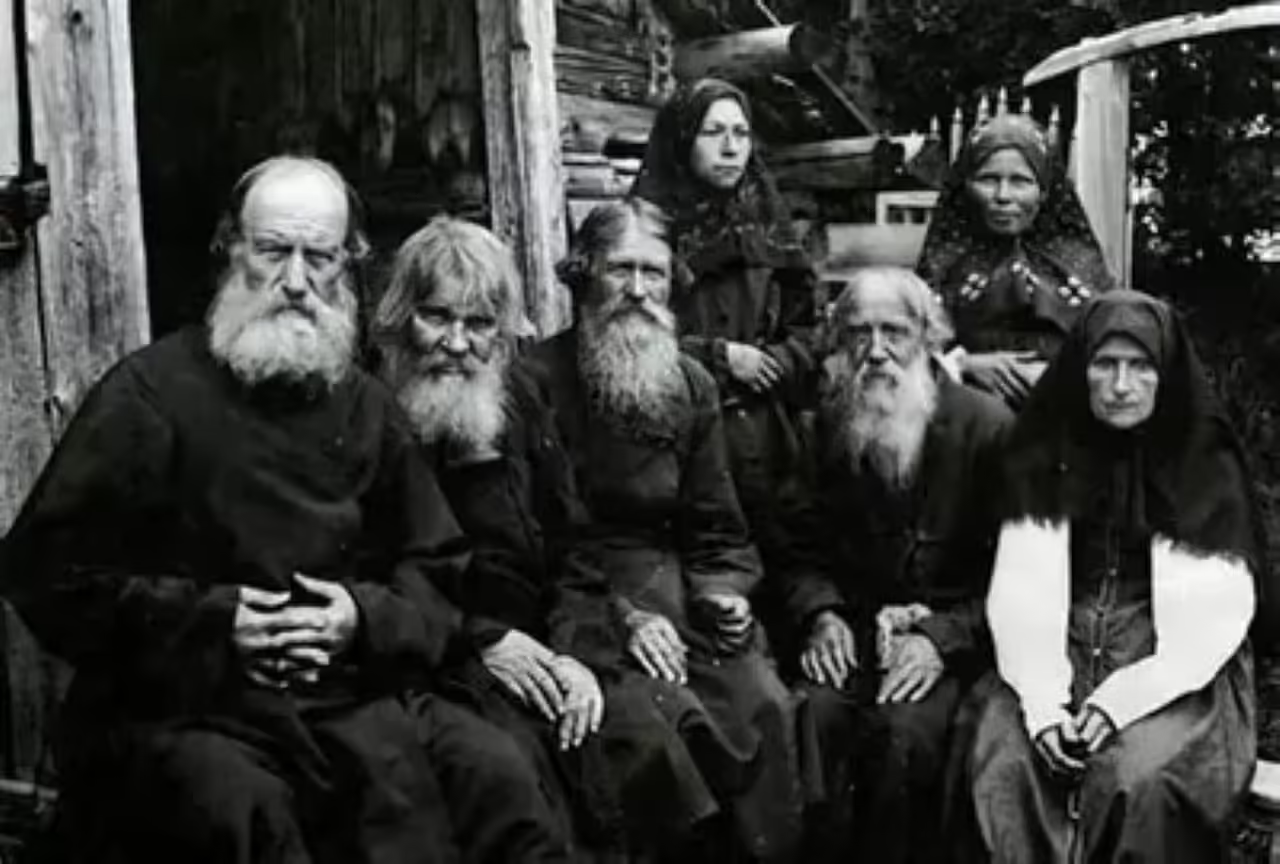
These are a few groups of people who generally inhabit isolated parts of Russia. The reason that led them to move away from civilization was their refusal of the Nikon reform, which was implemented in 1654. The leader of this movement was Avvakum. This community is characterized by quite orthodox rules and unwavering morals. They consider the abuse of alcohol and other substances to be highly improper and claim that if men remove their beards, they are committing a terrible sin. Some survivors of this community moved to Argentina, where they live isolated from the rest of society.
The Pintupi
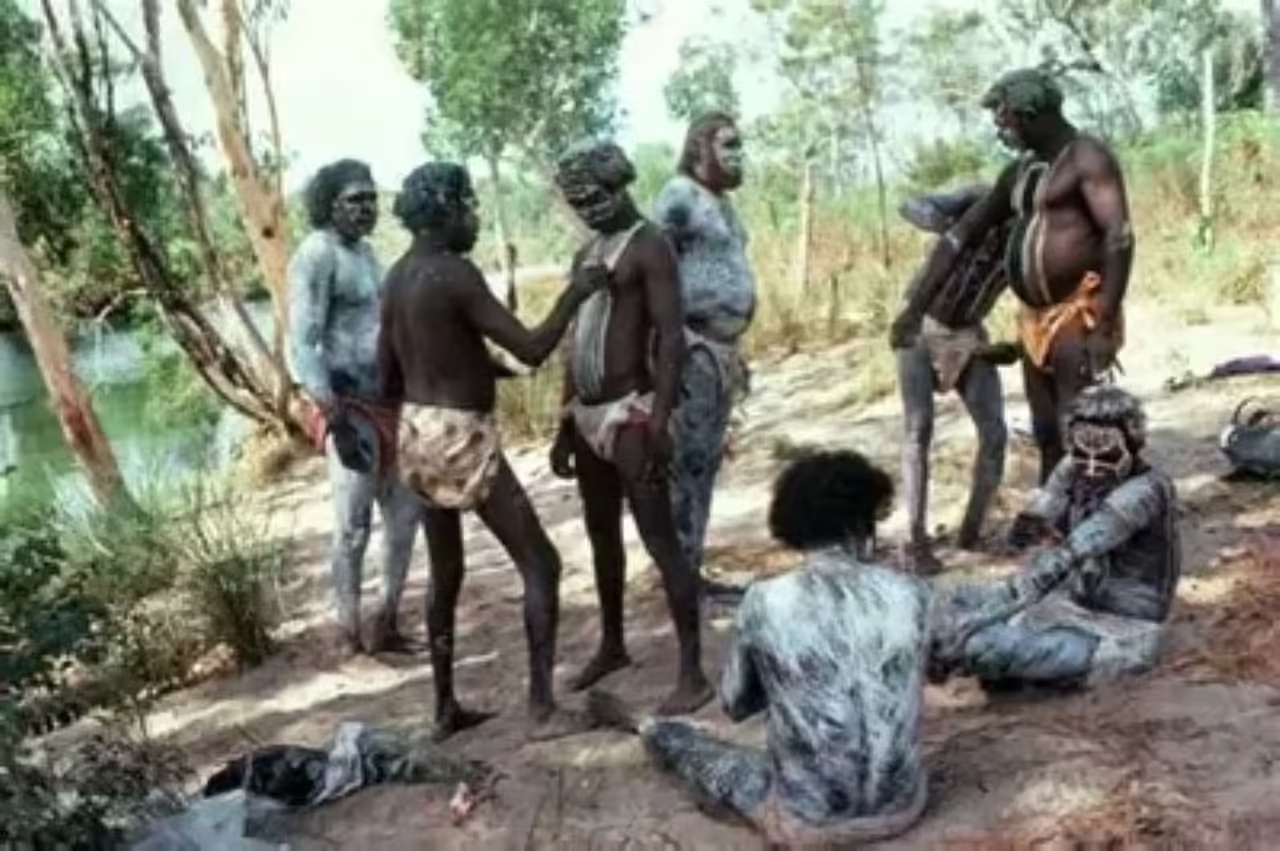
It is a tribe that inhabits the western desert of Australia, near Lake Mac Donald. They have suffered many changes in their community since the 40’s, being forced to migrate on several occasions. Some members of this community have abandoned the old customs and are known as the “lost tribe”, but the great majority of members preserve their traditions and have not had contact with civilization for a long time. Their attempts to make contact with other tribes in the area have failed because of their violent behavior.
The Korowai
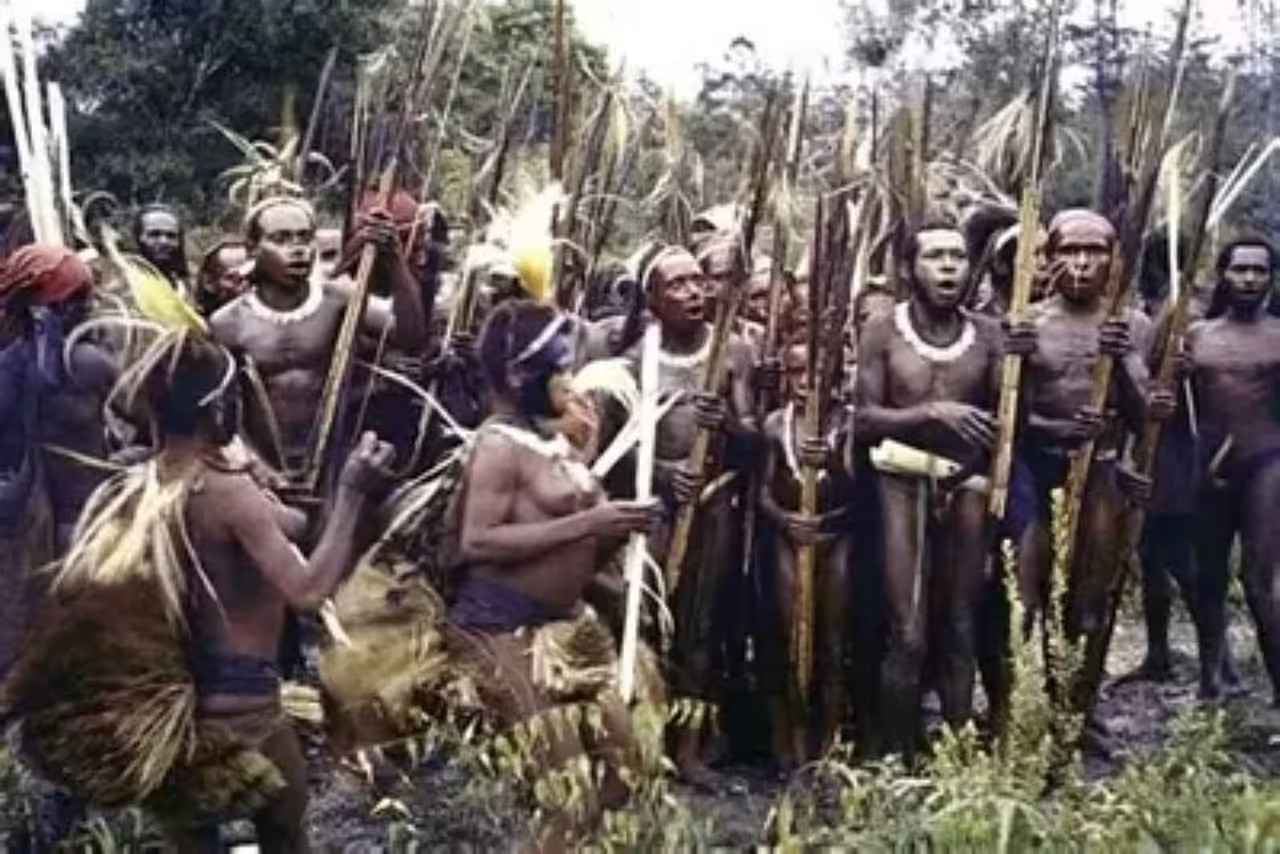
This is a community totally isolated from everyone, inhabiting territories in Papua, one of the provinces of Indonesia. Their existence became known in the 70’s when a team of archaeologists and religious missionaries tried to approach them. According to their testimonies, these natives live in wooden houses that they build in the trees, using tools made of stone. They have no intention of maintaining any kind of contact with the world.
The Jawara

are a tribe of approximately 400 people and live in groups of 40 to 50 people in the Andaman Islands. They are hunters, fishermen and gatherers of fruits and tubers. In 2004 the authorities announced that they would be able to choose their own future and outside intervention in their lives would be reduced to a minimum.



